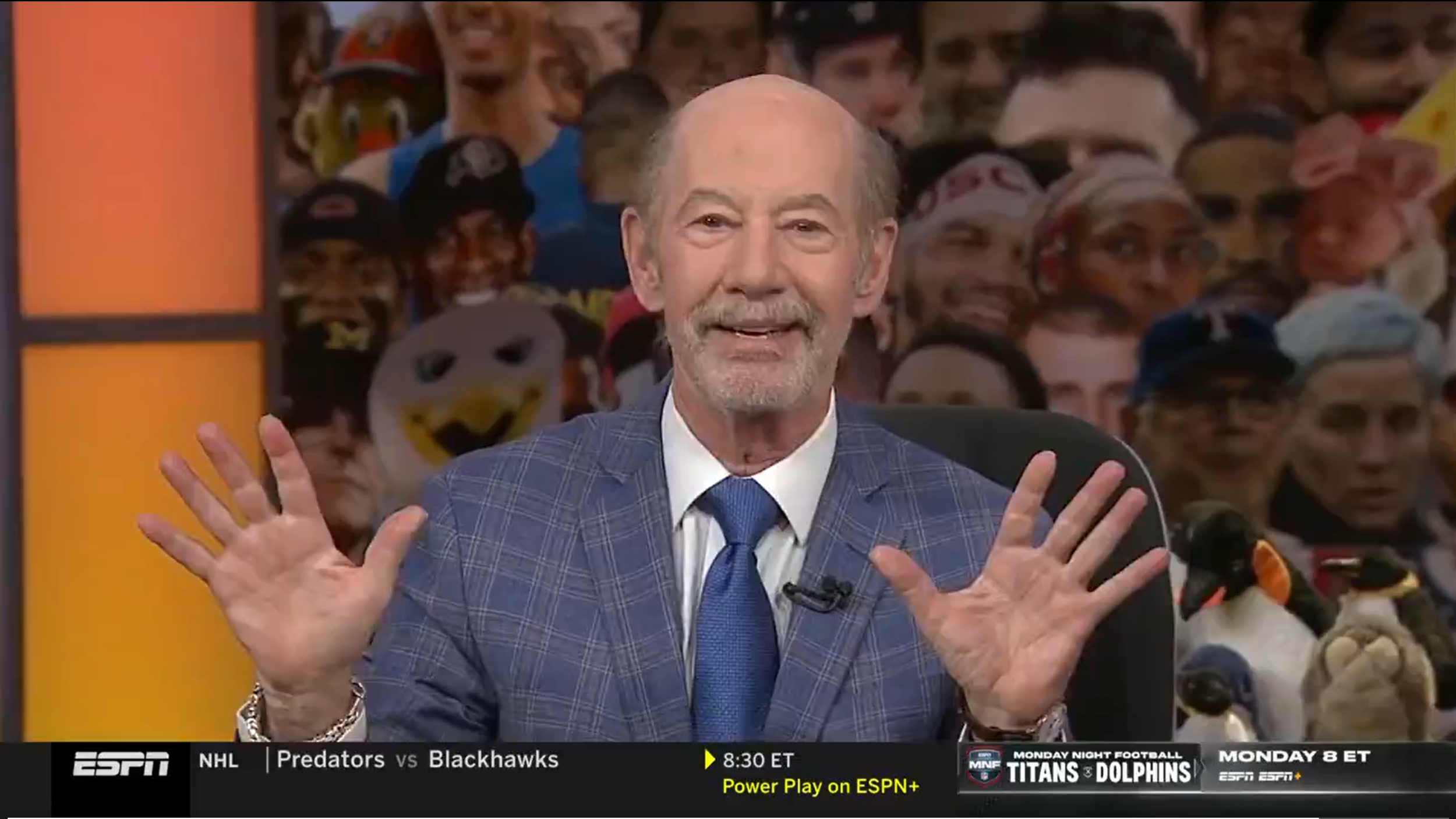As traditional pay TV continues to move into a new era, it’s finding that fewer people are willing to subscribe. According to Digital TV research, the industry is expected to lose subscribers by 5% through 2022. The numbers are expected to go from 94.957 million this year to 90.711 five years from now.
The latest
While cable subscriptions and revenues will continue to go down, it’s expected that satellite revenues will go up $1.93 billion in that same time.
It’s not good news for the cable providers who have seen cord cutting and cord shaving over the last five years. As Netflix, Amazon and Hulu have gained prominence and online streaming companies like DirecTV Now, Hulu, PlayStation Vue, Sling TV and YouTube TV have popped up, the traditional pay TV providers will find increased competition for the dollar.
As consumers look for convenience and the opportunity to watch sports and entertainment on multiple devices, not just regular TV, companies like Comcast look to the future and gain rights for networks for a potential streaming service.
How we watch television is changing and companies want to be there on the cutting edge not only to provide the new services, but also to make money on over the top. The question is can they, or will other new companies muscle in on the territory.







